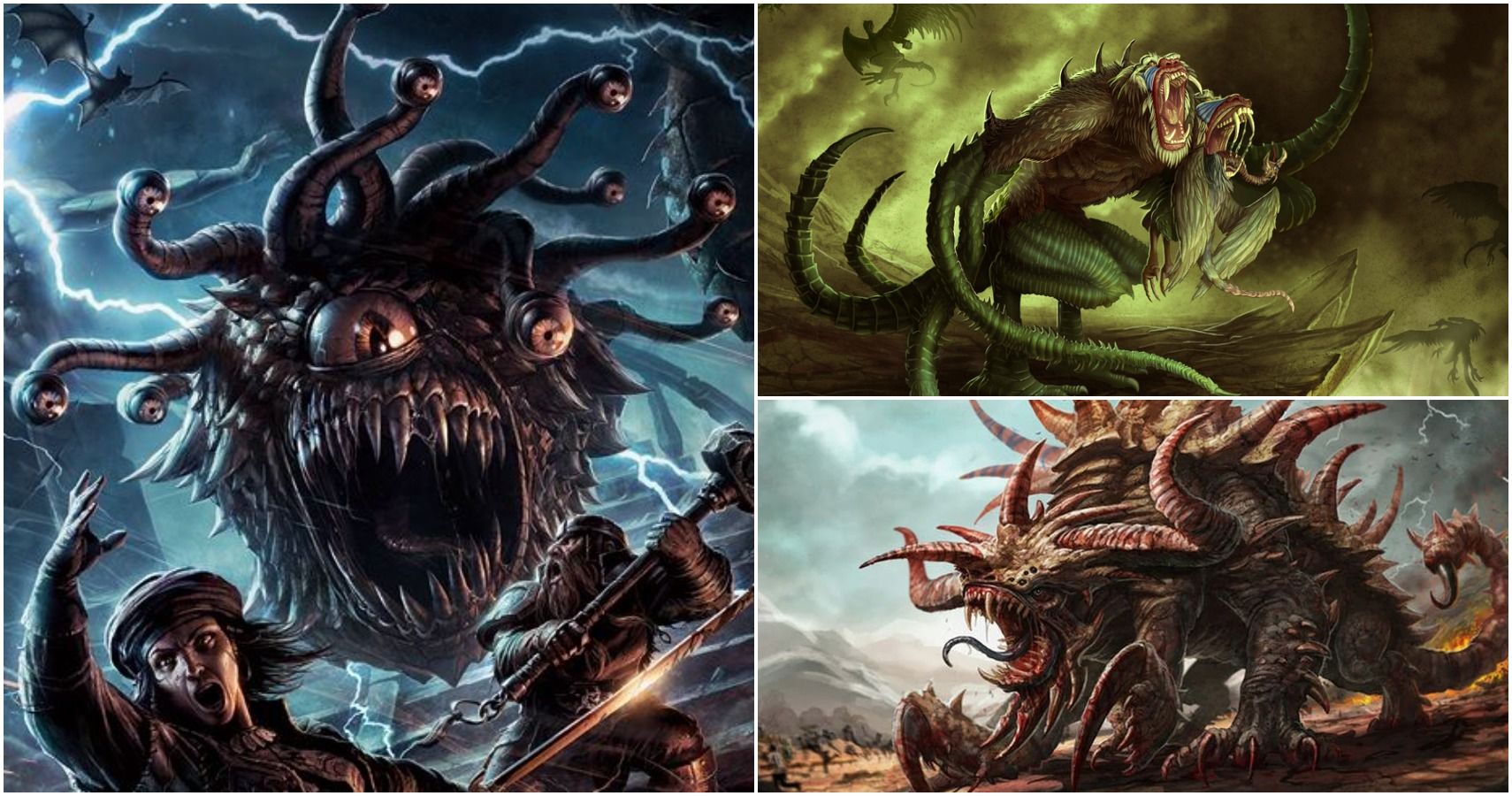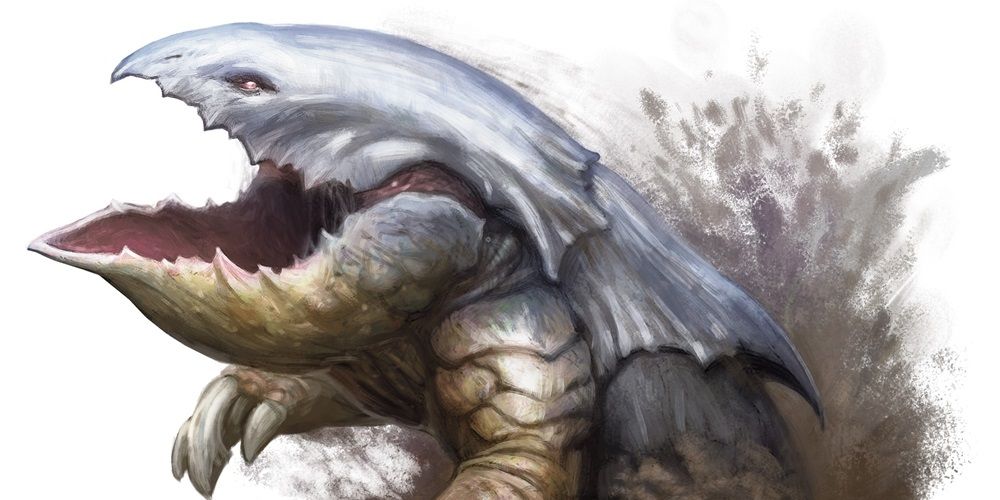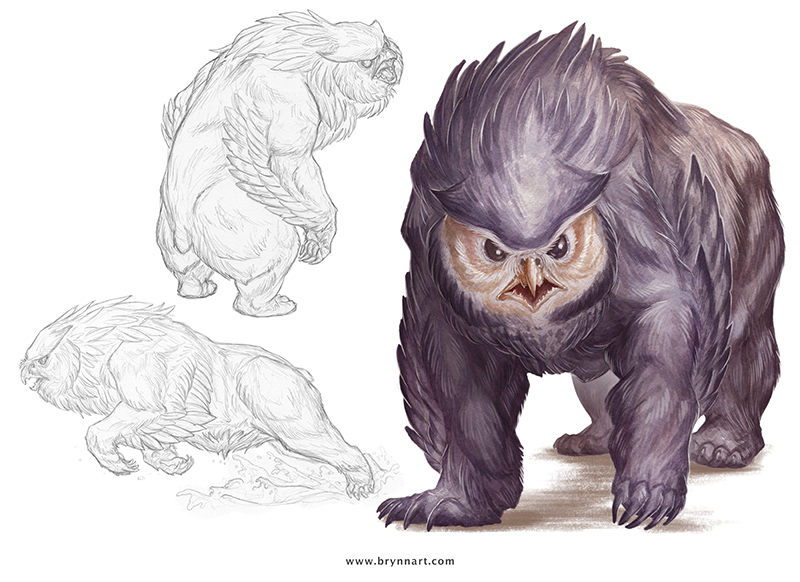

A subtype is dragon-kin, which includes creatures such as chimerae, hydrae, salamanders, and wyverns. Dragonĭragons are winged, reptilian creatures, many of which have breath weapons.

Constructs count as enchanted monsters lesser constructs such as living statues were vulnerable to any weapon, while greater constructs such as gargoyles and golems could only be hit by magical weapons (but were more difficult to construct). As non-living creatures, they are immune to poison but do not heal naturally. ConstructĬonstructs are created magically. Variations include giant animals, and prehistoric animals such as dinosaurs. Normal animals are non-magical, naturally occurring creatures, such as tigers. Enchanted monsters appear to encompass the conjuration category from the Creature Catalogue. There was also an overarching type, "enchanted monsters," which could only be harmed by magical weapons or are magically summoned or controlled they are also affected by spells such as protection from evil 10' radius. Monsters could also belong to more than one type. The Rules Cyclopedia (1991) refined this concept into monster types, some of which moved beyond descriptions to include traits associated with each type. Examples are ghouls, ghosts, vampires, and zombies.

Examples are elementals, golems, and salamanders.

Examples are bears, dinosaurs, and giant lizards.


 0 kommentar(er)
0 kommentar(er)
